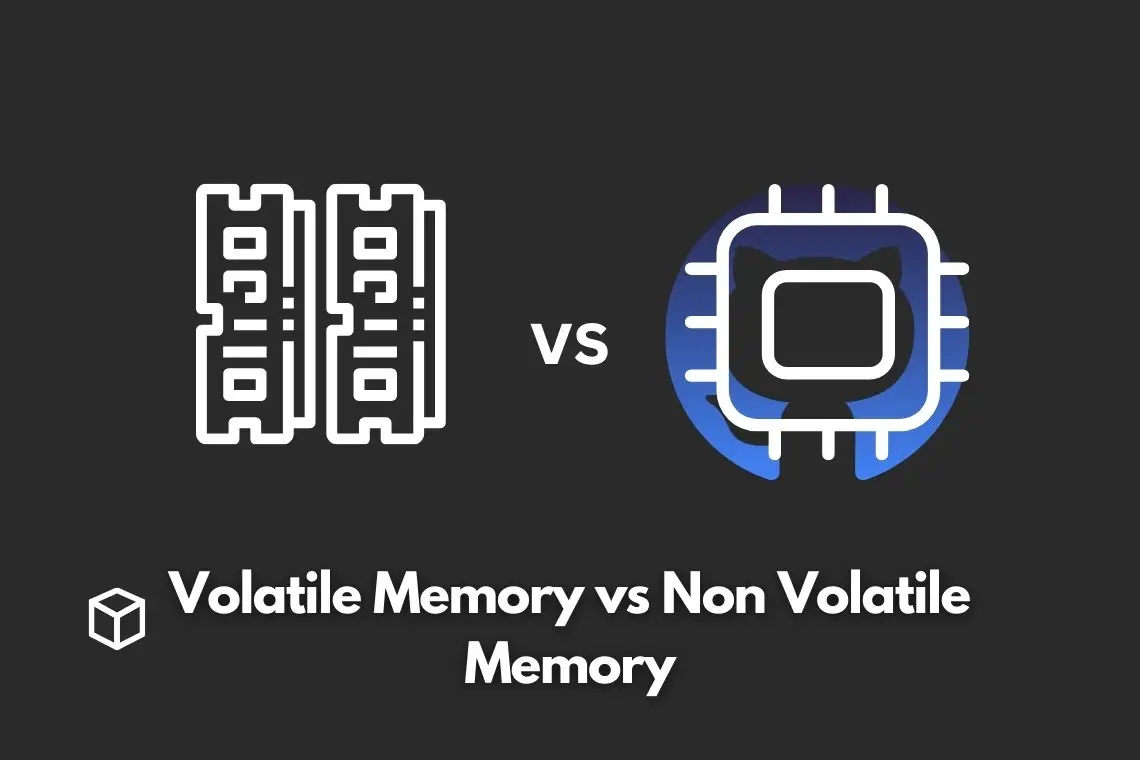As technology advances, it becomes increasingly important to understand the different types of memory that are used in our devices.
Two of the most commonly used types of memory are volatile and non-volatile memory.
In this article, we will define and explain the differences between these two types of memory, and why it is important to understand the distinctions between them.
Volatile Memory
Volatile memory is a type of memory that is stored in a device and is lost when the device is powered off.
The most common example of volatile memory is Random Access Memory (RAM).
RAM is used in computers and other devices to temporarily store data that the device is currently using or processing.
When the power to the device is turned off, the data stored in RAM is lost.
RAM is used in a variety of devices, including computers, smartphones, and game consoles.
In a computer, RAM is used to store data that the computer is currently using or processing, such as the operating system, open applications, and any data that the user is currently working on.
In a smartphone, RAM is used to store data for open applications and the operating system.
In a game console, RAM is used to store data for the game that is currently being played.
Non-Volatile Memory
Non-volatile memory is a type of memory that is stored in a device and is not lost when the device is powered off.
The most common examples of non-volatile memory are flash memory and hard drives.
Flash memory is used in devices such as USB drives, digital cameras, and smartphones.
Hard drives are used in computers, laptops, and external hard drives.
Non-volatile memory is used to store data that needs to be retained even when the device is powered off.
In a computer, the operating system, applications, and user data are typically stored on a hard drive.
In a smartphone, the operating system, applications, and user data are typically stored on flash memory.
Comparison of Volatile and Non-Volatile Memory
When comparing volatile and non-volatile memory, there are a few key differences to consider.
The first difference is speed and performance. Volatile memory is typically faster than non-volatile memory, as it is used to store data that the device is currently using or processing.
Non-volatile memory, on the other hand, is slower but is used to store data that needs to be retained even when the device is powered off.
Another important difference between volatile and non-volatile memory is data persistence and data loss.
As mentioned earlier, data stored in volatile memory is lost when the device is powered off, while data stored in non-volatile memory is retained.
Power consumption and power loss are also factors to consider when comparing volatile and non-volatile memory.
Volatile memory typically requires more power to operate than non-volatile memory.
Further, if power is lost to a device that is using volatile memory, any data stored in the volatile memory will be lost.
Finally, cost and lifespan are two important factors to consider when comparing volatile and non-volatile memory. Volatile memory is typically more expensive than non-volatile memory, but it also has a shorter lifespan.
Non-volatile memory, on the other hand, is less expensive but has a longer lifespan.
Conclusion
In conclusion, understanding the differences between volatile and non-volatile memory is important for making informed decisions about computer hardware and data storage.
Volatile memory is faster but is lost when the device is powered off, while non-volatile memory is slower but retains data when the device is powered off.




